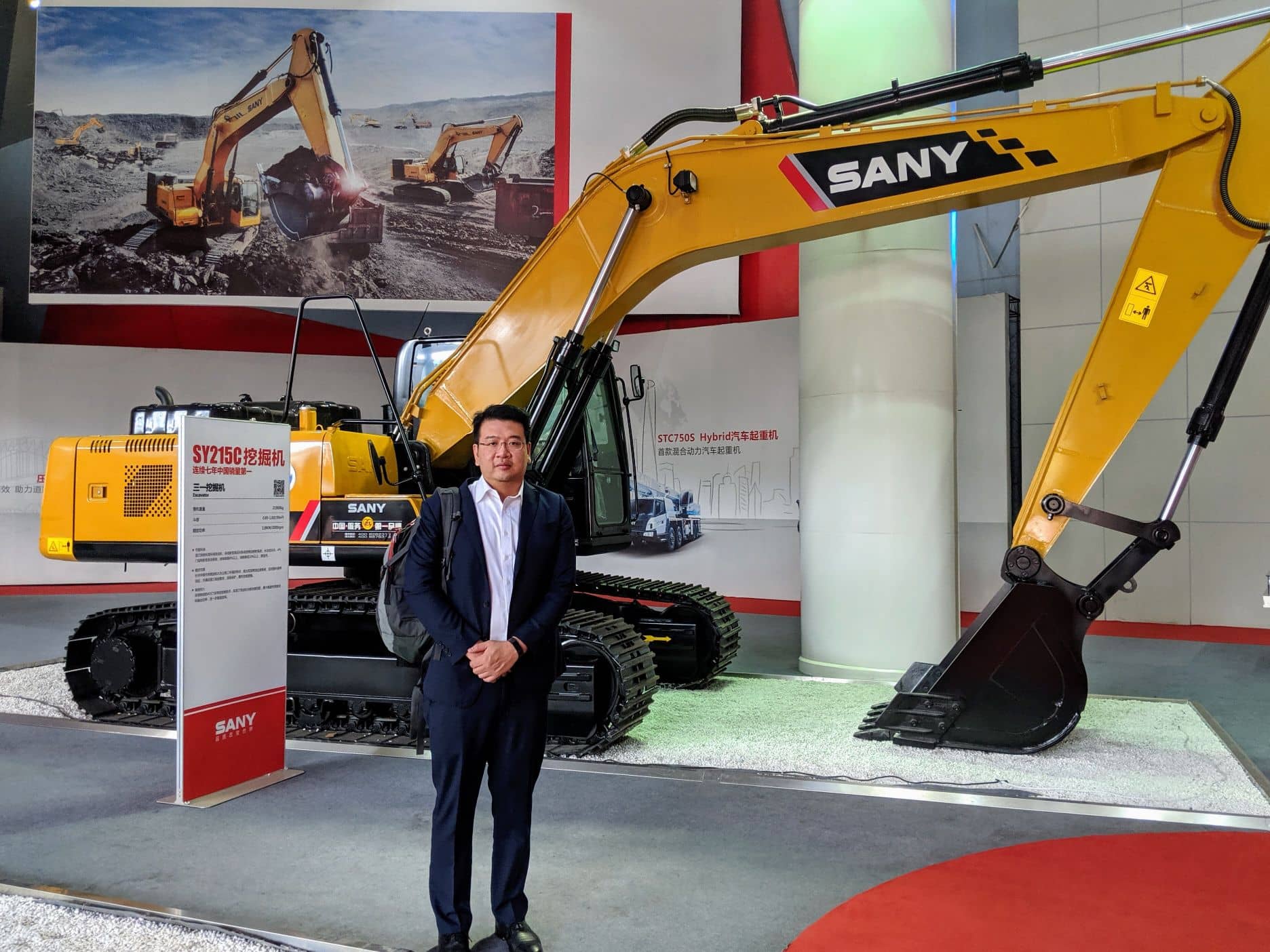-
The views expressed herein do not constitute research, investment advice or trade recommendations and do not necessarily represent the views of all AB portfolio-management teams. Views are subject to revision over time.
AB on the Ground
Wuhan and Changsha, Central China
20 June 2019
5 min read
4
Days of On-the-Ground Research
2
Cities in Central China
11
Companies Visited
Chinese brands on prominent display

Conveyor belts stretching the floor at Hema
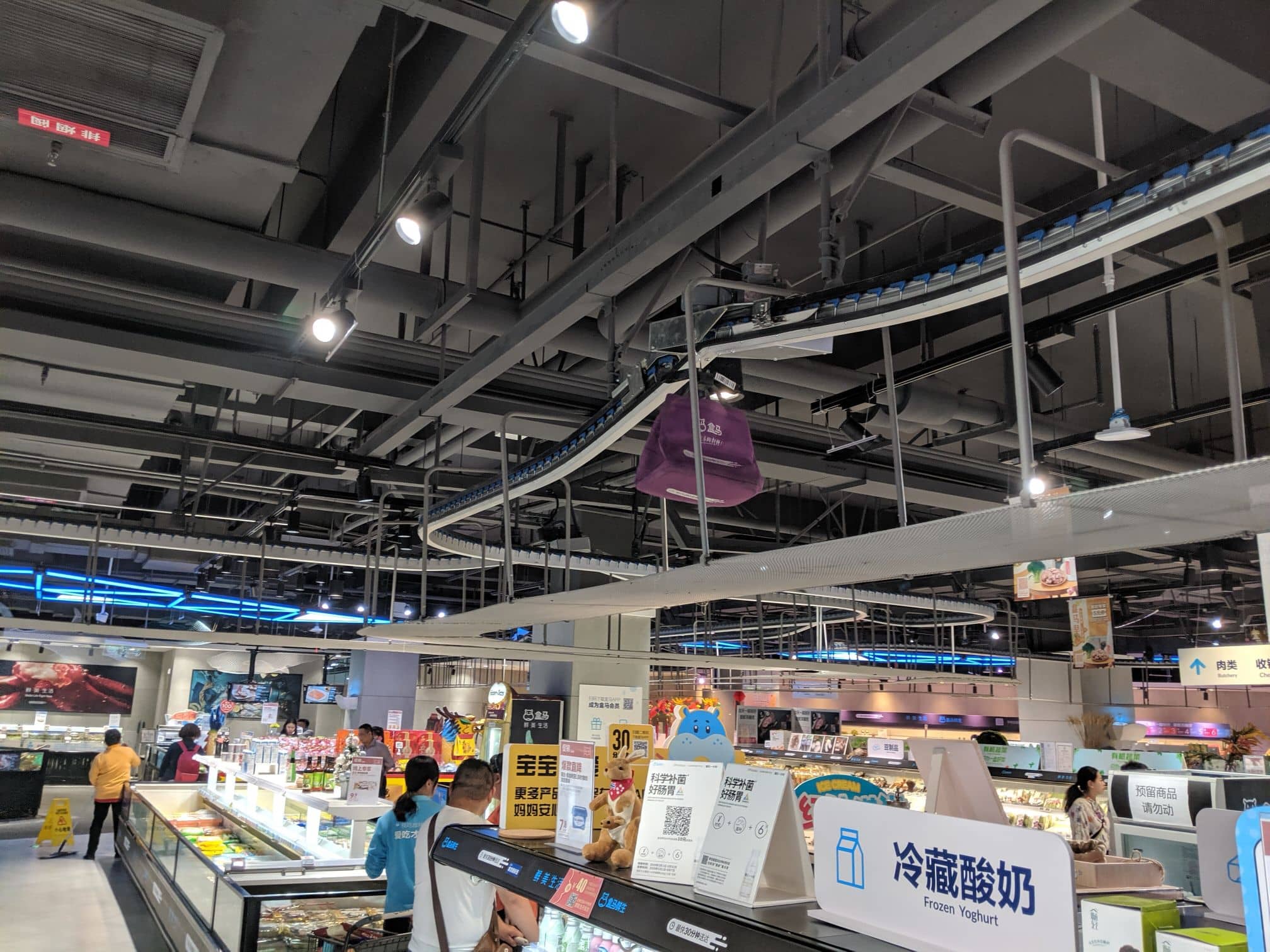
Self-checkout using facial recognition
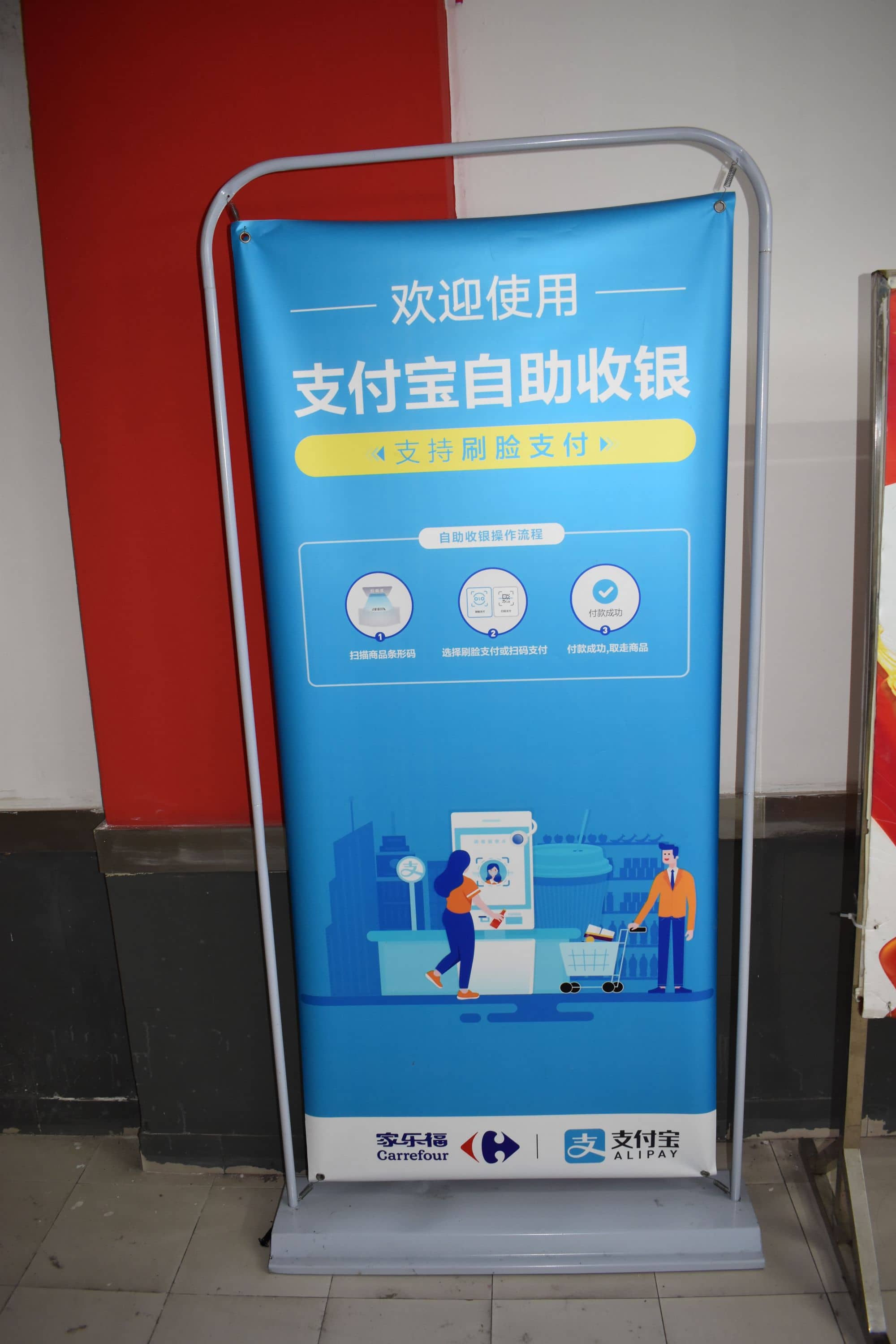
An auto showroom at Dongfeng
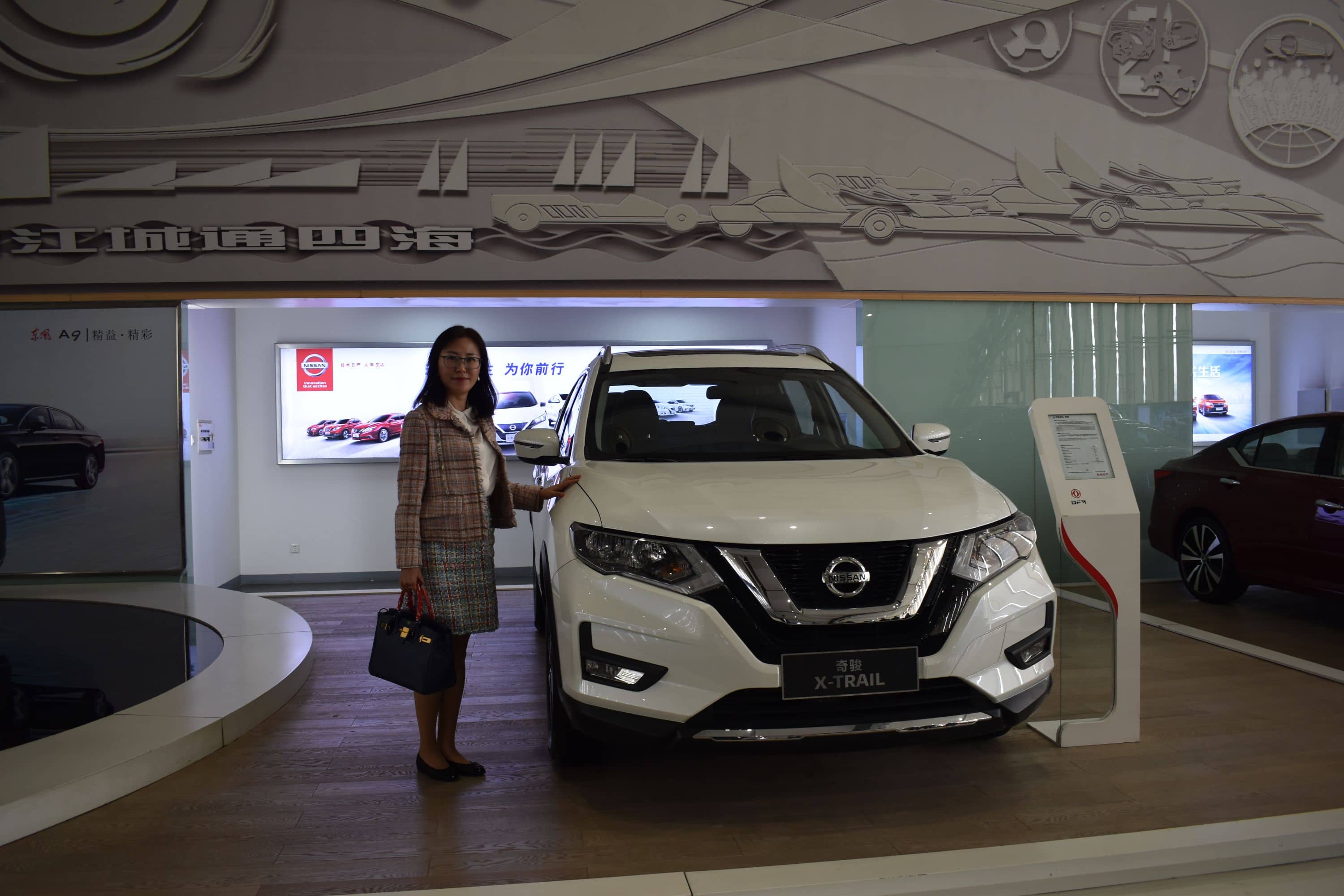
Touring the logistics center at CR Pharma
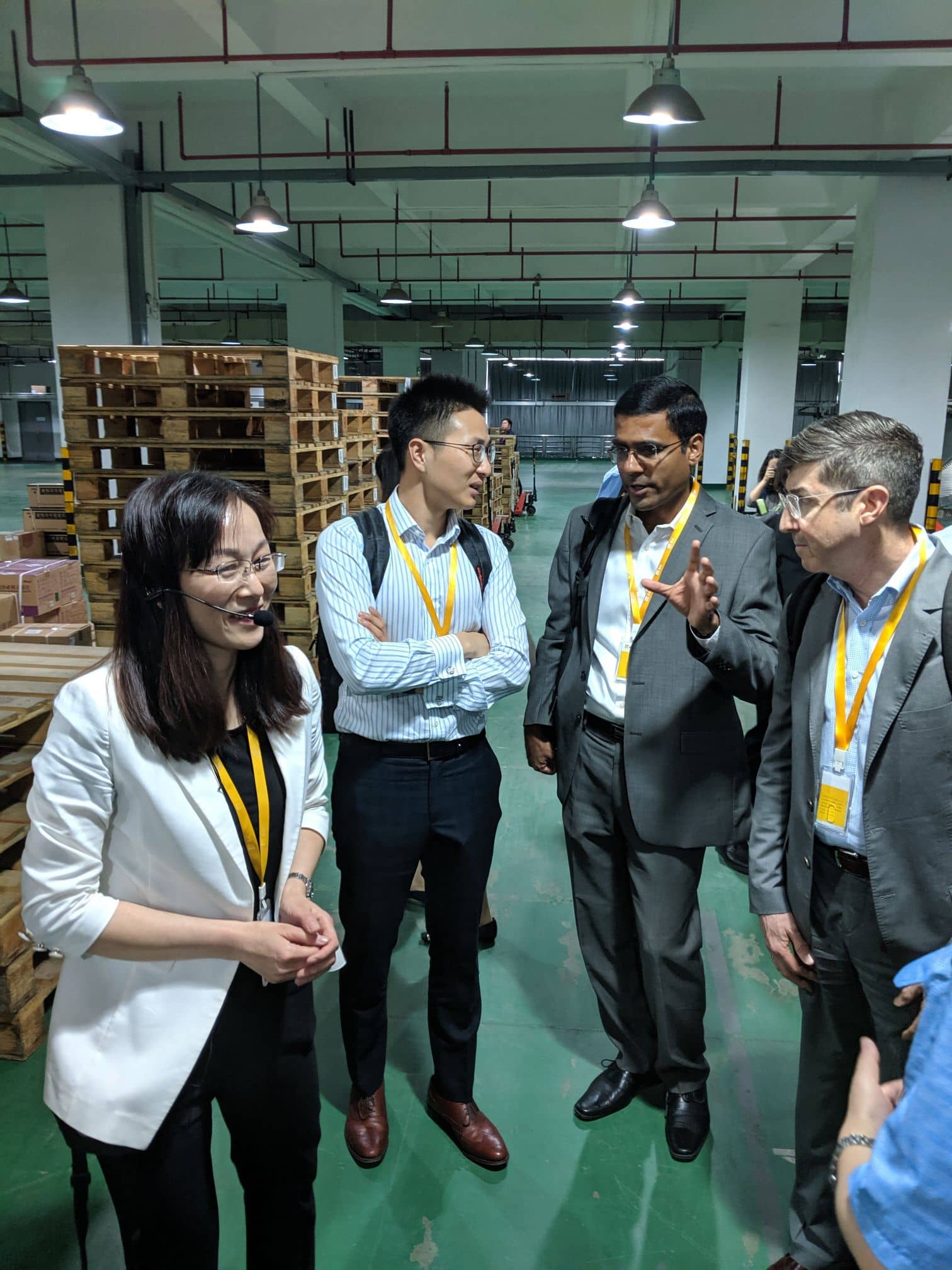
Logistics control center at Jointown Pharmaceutical Group
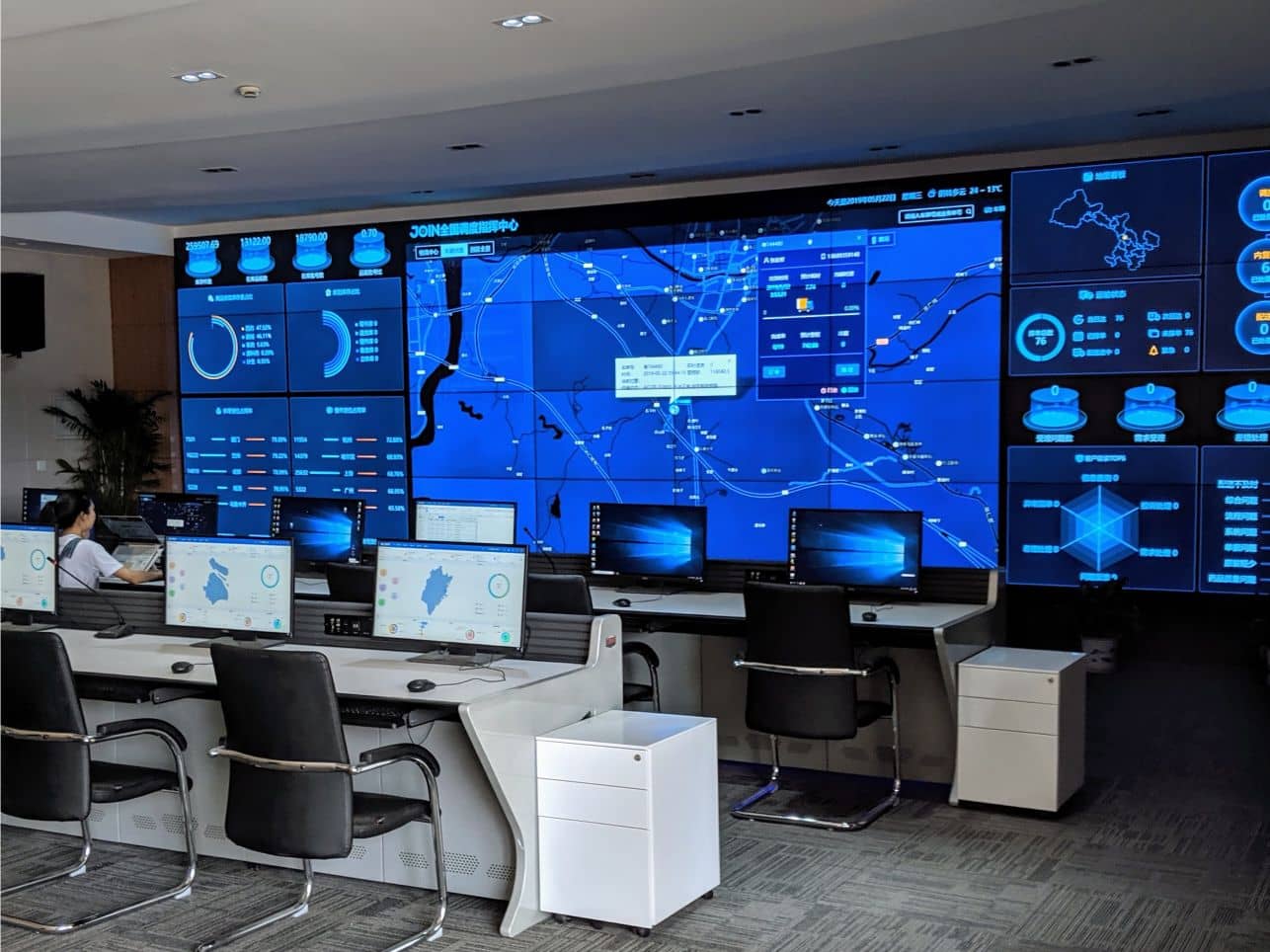
Visiting the fiber-optic cable company YOFC in Wuhan
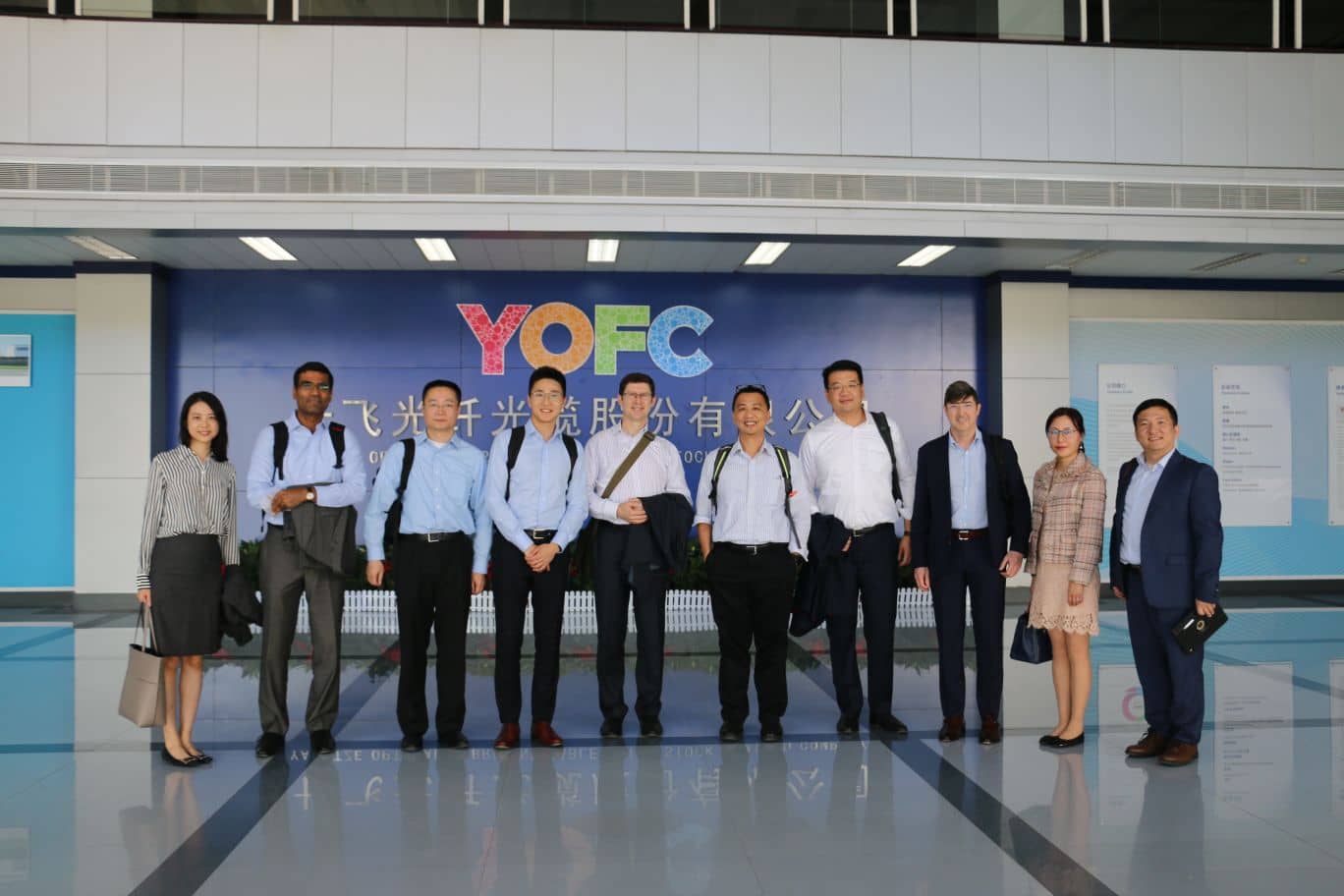
Equipment at Aier Eye Hospital
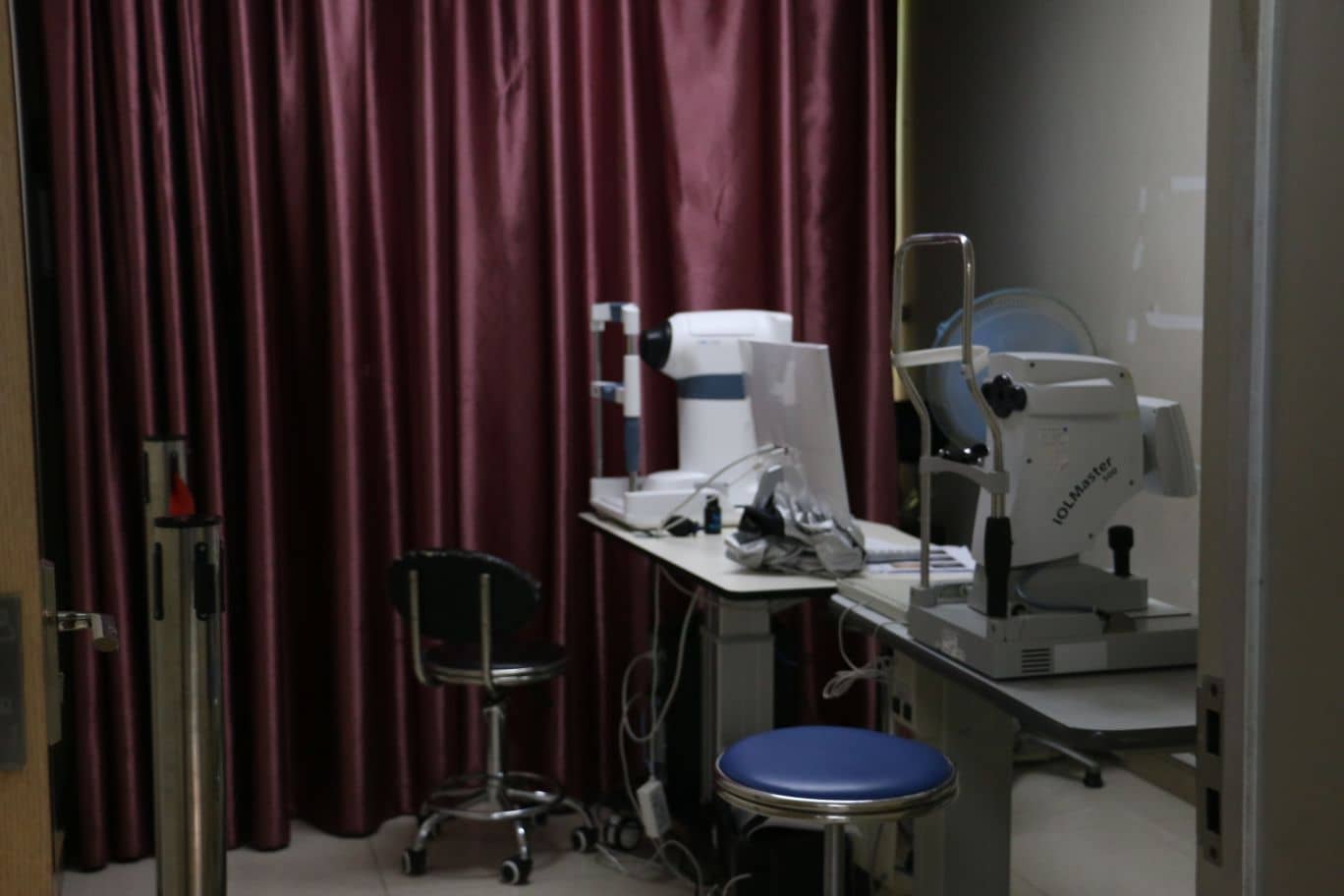
Sany Heavy excavators
